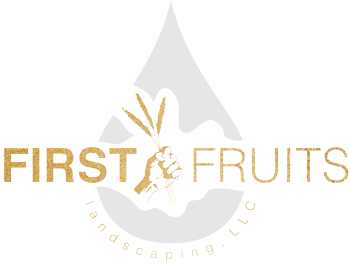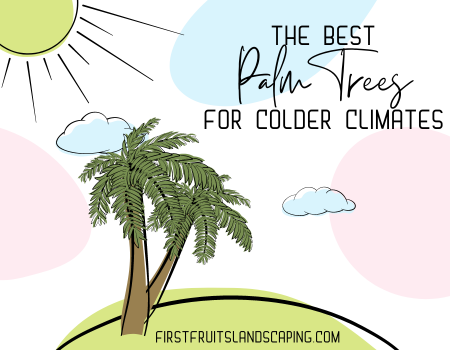We’ve started seeing a little bit of sunshine which has made locals excited for the coming summer months. Many people associate the joy of summer with swaying palm trees in the warm breeze, but for those who don’t live in year-round warm climates, having your own palms seems like just a distant dream. However, palm trees aren’t limited to only the tropics. With the right selection, even Pacific Northwest gardeners can enjoy the exotic charm of these iconic trees in their landscapes. From the rugged coastlines of Washington to the misty forests of Oregon, cold-hardy palm trees can thrive in the unique climate of the region with the proper care and maintenance.
The Best Palm Trees for Colder Climates
California Fan Palm (Washingtonia filifera)
- With its distinctive fan-shaped fronds and moderate growth rate, the California fan palm brings a touch of the desert to PNW landscapes. Hardy down to 15 to 20 degrees Fahrenheit, this species, also known as the desert fan palm, adds an attractive element to gardens with its graceful appearance. Regular trimming of old fronds ensures its aesthetic appeal remains intact.
Chilean Wine Palm (Jubaea chilensis)
- For those seeking a dramatic focal point in their garden, the Chilean wine palm delivers in spades. Despite its imposing size, this slow-growing evergreen can withstand temperatures as low as 7 degrees Fahrenheit. Its massive trunk and dense crown of large pinnate leaves create a majestic presence, reminiscent of more tropical locales.
Needle Palm (Rhapidophyllum hystrix)
- In regions where winter temperatures can plummet, the needle palm stands out as a resilient choice. With the ability to withstand frigid lows of -5 to -15 degrees Fahrenheit, this shrubby palm defies expectations. Its unique appearance, characterized by slender stems and spiny leaves, adds an intriguing texture to PNW gardens.
Chinese Windmill Palm (Trachycarpus fortunei)
- Embracing the beauty of the Far East, the Chinese windmill palm thrives in the chilly Pacific Northwest climate. Able to survive freezing temperatures as low as 10 degrees Fahrenheit, this evergreen palm adds a touch of exotic elegance to gardens. Its fan-shaped leaves evoke a sense of tranquility, perfect for creating a serene outdoor oasis.
Saw Palmetto (Serenoa repens)
- For a more ground-level palm experience, the saw palmetto offers a unique alternative. Thriving as a shrubby ground cover, this cold-hardy palm is known to survive temperatures dipping down to zero degrees Fahrenheit. Its palm-shaped leaves with saw-like teeth along the edges add a distinctive flair to PNW landscapes.
Tips for Growing Cold-Hardy Palms:
While these palm varieties boast impressive cold tolerance, it’s essential to provide proper care during extreme weather conditions. Here are some tips to help your palms thrive:
- Keep the plant fertilized to maintain its health and resilience.
- Apply mulch around the base of the tree to protect its roots from frost damage.
- Cover small trees with sheets or blankets during cold snaps to trap warmth and prevent freezing.
- Consider using freeze-protecting sprays to shield the plant from ice crystal damage during sudden freezes.
With the right selection and care, palm trees can flourish in the Pacific Northwest, adding a touch of exotic landscape to gardens across the region. Whether you’re drawn to the towering majesty of the Chilean wine palm or the resilient charm of the needle palm, there’s a cold-hardy palm variety to suit every PNW enthusiast’s taste. So why not bring a taste of the tropics to your backyard oasis? Dive into the world of palm trees and elevate your garden to new heights of botanical beauty. Contact our team of professional landscapers today to discuss your landscaping desires!

